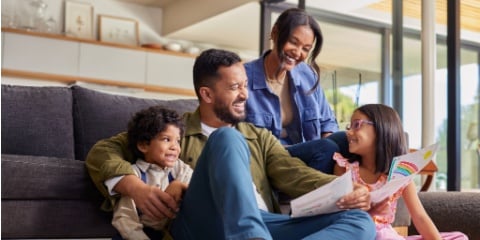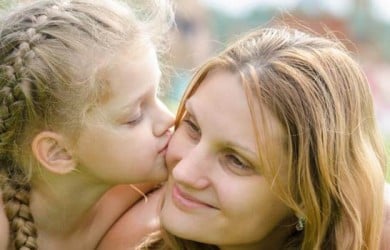Collaborative Problem Solving for Challenging, Easily Frustrated and Explosive Kids

Key Takeaways
Marriage.com AI Quick Summary
As adults, we all like our ideas listened to, acknowledged and validated. On the flip side, as adults, we often fail to appreciate that children and teens feel the same way. Recognizing that even children as young as four years old appreciate validation and the opportunity to express their ideas, can help us not only to teach children and teens to problem solve, but can also create harmony and easier home lives.
With this concept in mind, Dr. J. Stuart Abalon and Dr. Ross Greene established The Collaborative Problem Solving (CPS) Institute (2002) in the Department of Psychiatry at Massachusetts General Hospital. Following this, Dr Abalon of ThinkKids.org has through his research, further developed and promoted the Collaborative Problem Solving (CPS) approach to handling tricky situations with children and teens. Dr Abalon’s approach is particularly useful for children and teens whom we traditionally think of as “explosive.” The CPS approach has been clinically proven to help children, teens and their parents to problem solve by enabling the child or teen to generate and verbally express their solutions to problems that are being experienced at home, at school or at play. The approach has been found to be effective for children and teens with a wide range of emotional, social and behavioural challenges in many different settings including the family home. Using this approach can go a long way toward creating a happy home with less tension and is proven to teach the important skill of collaboration.
Kids do well if they can
Dr. Abalon maintains that “kids do well if they can,” in other words, when we provide the tools and skills, kids can do well. This idea is very different from the more traditional view that kids do well when they want to. All kids want to be good and want to be perceived as good, but some struggle more than others because they lack the problem solving skills they need to enable them to be “good.”
Let kids generate their own solutions
The basic premise of the approach is to allow kids to generate their own solutions to problems experienced at home or in other settings. The adult will begin a conversation in a non judgemental non accusatory way by stating something like, “I’ve noticed that……what’s up with that?” It is then important to wait for a response without interrupting. It is also important to reassure the child or teen that they are “not in trouble.” The adult would follow by stating the issue (again – non accusatory, impartial; just state the issue), and then ask the child or teen how they feel, or what they think about the issue. Waiting patiently at this point is quite critical and it could take some time. It is also very important to use active listening to let the child or teen know that you are listening to their perspective attentively.
Once the adult has a very clear idea of the child or teen’s perspective, they can ask the child or teen if they have any suggestions to improve the situation. This could take some time too and any ideas generated by the child or teen should be listened to, appreciated and validated. The method has three parts called plan A, plan B and plan C, it is strengths based and has been scientifically proven to have actual neurological benefits. It is generally not used during a highly charged or explosive situation but proactively when the child or teen is more able to be receptive and involved in a collaborative discussion. Although the method does take some practice to perfect, parents who learn to use this method effectively will be doing their children and teens a great service by teaching them how to problem solve without exploding or exhibiting other undesirable behaviour.
Adopt the collaborative method to solve problems
The collaborative problem solving method does take some time and practice to perfect but it is well worth the effort. Moms and dads using CPS are often surprised at how this method begins to change the way they themselves problem solve in all areas of their lives. A great resource to find out more about how to implement CPS is found on Dr Stuart Abalon’s website www.thinkkids.org.
Two books on the subject are The Explosive Child by Ross Greene; a helpful book for parenting “easily frustrated, chronically inflexible children,” and Lost at School, another book by Dr. Greene which describes why behaviourally challenged school kids are struggling and ”falling through the cracks.” Both these books are well worth reading if you are parenting a challenging, easily frustrated or explosive child or teen.
 Tips
Tips
Write your tip or submit a video tip
All tips are reviewed before the publishing.
Share this article on
Want to have a happier, healthier marriage?
If you feel disconnected or frustrated about the state of your marriage but want to avoid separation and/or divorce, the marriage.com course meant for married couples is an excellent resource to help you overcome the most challenging aspects of being married.
Related Articles
Recent Articles
Related Quizzes
Unlock Daily 30-Sec Tips for a Happier, Healthier Relationship
👉 Subscribe FREE on YouTube We'd love your feedback!
We'd love your feedback!
 Expert Q&A
Expert Q&A
Ask your question related to this topic & get the support you deserve from experts.


















 Thanks for your feedback!
Thanks for your feedback!